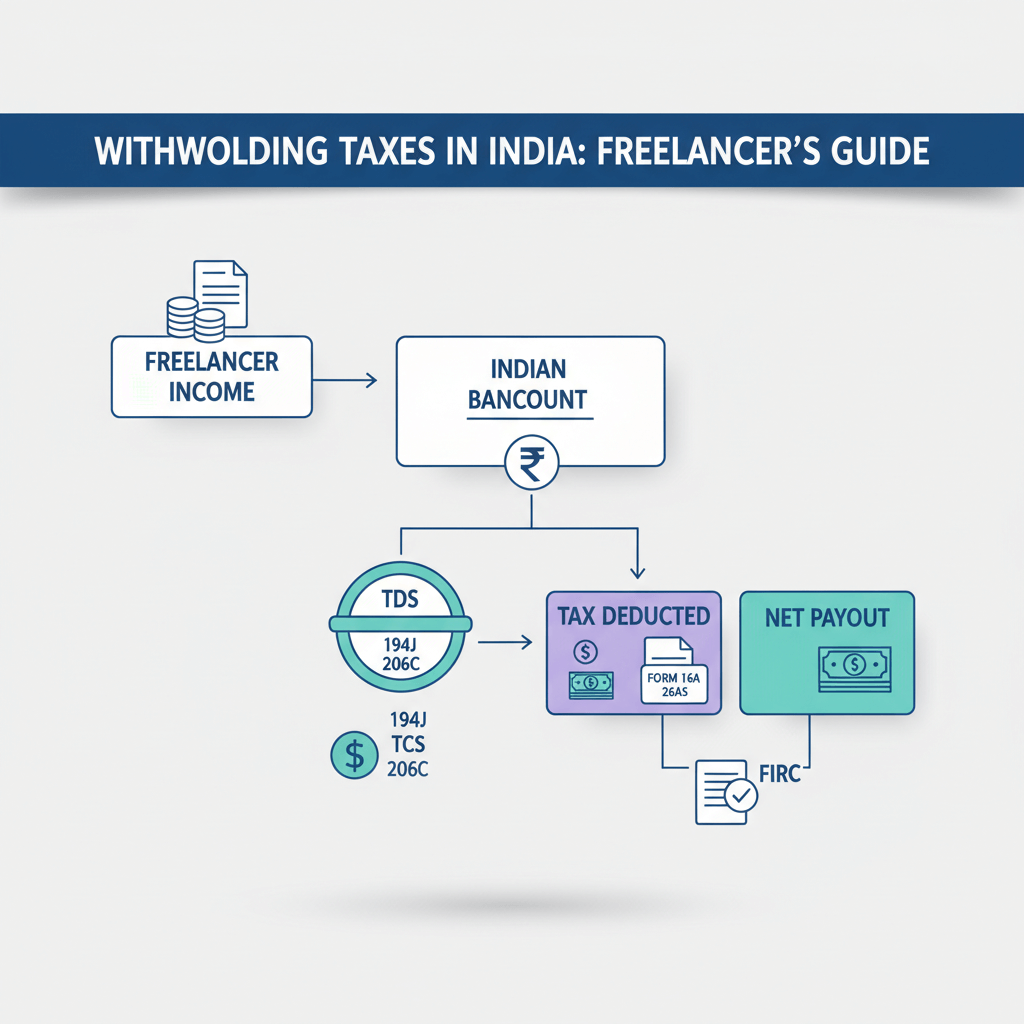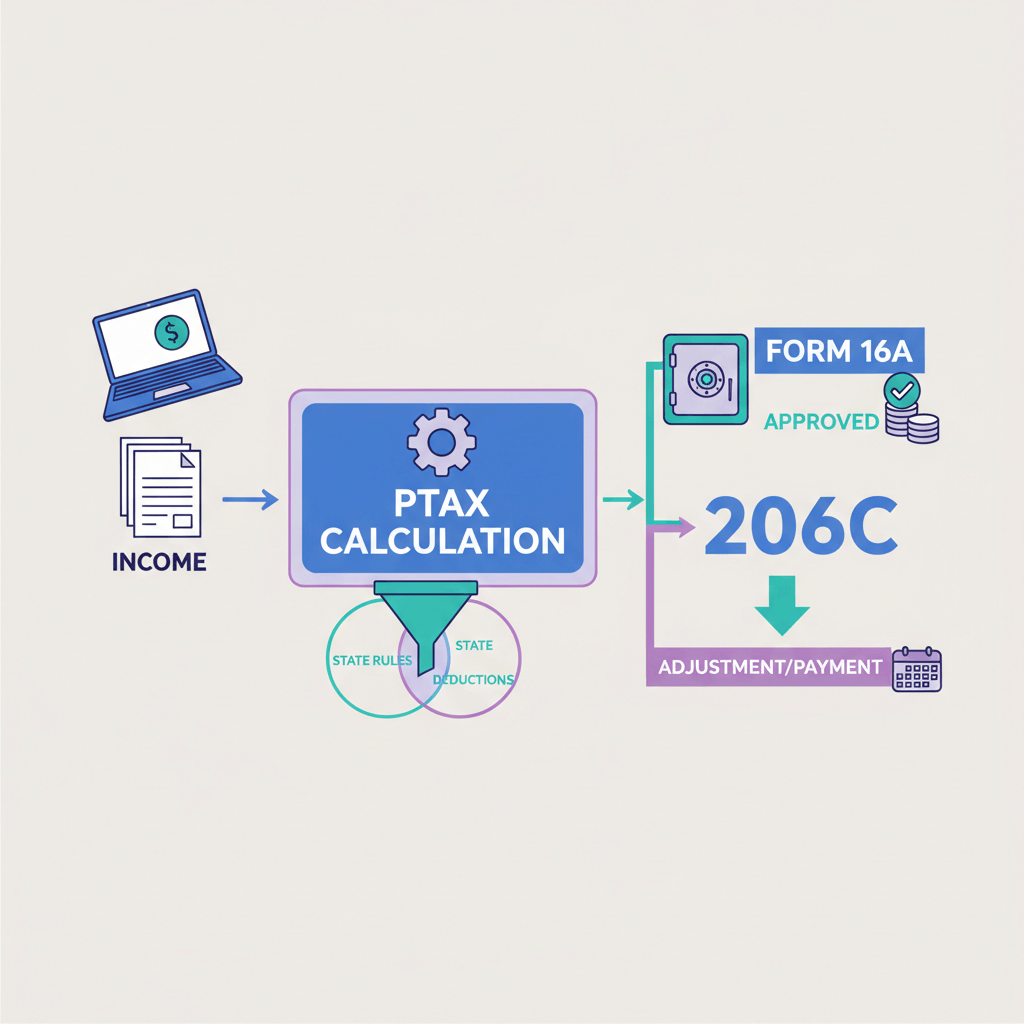What is the meaning of disposal instruction?
In the context of business inward remittance into India, "disposal instruction" refers to the specific guidelines for managing and allocating funds received from abroad. These instructions ensure that the incoming funds are processed accurately, following regulatory requirements and internal financial protocols. Disposal instructions for inward remittances typically include details on the purpose of the funds, the correct account for depositing the money, and necessary documentation for compliance.
Key components of disposal instructions for business inward remittance into India might include:
- Purpose of remittance: Clearly stating the reason for the funds, such as payment for goods or services, investments, or loan repayments.
- Account details: Specific instructions on where to deposit the funds, including bank account numbers, branch details, and any required codes.
- Documentation requirements: A list of necessary documents that must accompany the remittance, such as invoices, contracts, or regulatory approval letters.
- Regulatory compliance: Guidelines to ensure the remittance adheres to regulations set by the Reserve Bank of India (RBI) and other authorities, including the Foreign Exchange Management Act (FEMA) requirements.
- Tax considerations: Information on tax implications and how to address them, ensuring all taxes due on the remitted funds are properly handled.
- Acknowledgment and reporting: Procedures for confirming receipt of the funds and reporting the remittance to relevant internal departments and regulatory authorities.
What are the details required for foreign inward remittance?
For business inward remittances to India, several technical details and documents are necessary to ensure the process is efficient, compliant with regulations, and properly documented. Here are the key requirements for foreign inward remittance to India:
1. Details of the Remitter
- Name and Address: Full name and address of the sender.
- Bank Information: The remitter’s bank name, address, and SWIFT/BIC code.
2. Details of the Beneficiary
- Name and Address: Full name and address of the recipient business or individual.
- Bank Account Information: Beneficiary’s bank account number, bank name, branch address, and Indian Financial System Code (IFSC).
- Purpose Code: A specific code that denotes the purpose of the remittance (e.g., export of goods, services, capital investment).
3. Transaction Details
- Amount: Exact amount being sent.
- Currency: Currency in which the remittance is made.
- Value Date: Date on which the funds are expected to be credited to the beneficiary’s account.
- Exchange Rate: Exchange rate if the funds are being converted to Indian Rupees (INR).
4. Supporting Documents
- Invoice or Contract: Copies of invoices or contracts related to the transaction, outlining the goods or services provided.
- Bank Statement: A bank statement from the remitter may be required in some cases.
- Bill of Entry/Shipping Bill: Necessary for import and export-related transactions.
- Form 15CA and 15CB: These forms might be required for certain remittances involving tax considerations. Form 15CA is a declaration, and Form 15CB is a certificate from a Chartered Accountant.
5. Regulatory Compliance
- KYC Documentation: Know Your Customer (KYC) documents for both the remitter and beneficiary.
- FEMA Compliance: Adherence to the regulations under the Foreign Exchange Management Act (FEMA) set by the Reserve Bank of India (RBI).
- Bank Policies: Compliance with the internal policies and procedures of both the remitting and receiving banks.
6. Purpose Code List
The Reserve Bank of India provides purpose codes to specify the reason for the inward remittance. Examples include:
- P0101: Export of goods
- P0102: Export of services
- P0801: Foreign direct investment in India
- P1001: Donations
7. Miscellaneous Information
- Reference Number: Unique transaction reference number provided by the remitting bank.
- Narration: Brief description of the transaction to provide context.
- Regulatory Reporting: Any additional reporting requirements as stipulated by Indian financial regulations or the RBI.
How to give disposal instruction for foreign inward remittance?
Here is a sample disposal instruction specifically for a business inward remittance to India:
Remitter Details
- Name: ABC Corporation
- Address: 123 Main Street, New York, USA
- Bank Name: First National Bank
- SWIFT/BIC Code: FNUSUS33
- Account Number: 9876543210
Beneficiary Details
- Name: XYZ Pvt Ltd
- Address: 456 Industrial Estate, Mumbai, India
- Bank Account Number: 1234567890
- Bank Name: HDFC Bank
- Branch Address: 789 Corporate Avenue, Mumbai, India
- IFSC Code: HDFC0000123
Transaction Details
- Amount: USD 50,000
- Currency: USD
- Value Date: 2024-06-20
- Exchange Rate: As per rate on value date
Purpose of Remittance
- Purpose Code: P0102 (Export of Services)
Supporting Documents
- Invoice Number: INV-2024-1001
- Contract Reference: CTR-2024-5002
- Form 15CA/15CB: Form 15CA submitted, Form 15CB attached (if applicable)
Additional Instructions
- Reference Number: TRX20240620001
- Narration: Payment for IT consulting services
- Acknowledgment and Reporting: Please confirm receipt of funds and notify the finance department at finance@xyz.com.
By providing all these details clearly and concisely, the remittance process can be streamlined, ensuring compliance with all necessary regulations and accurate allocation of the received funds.
What are remittance instructions?











